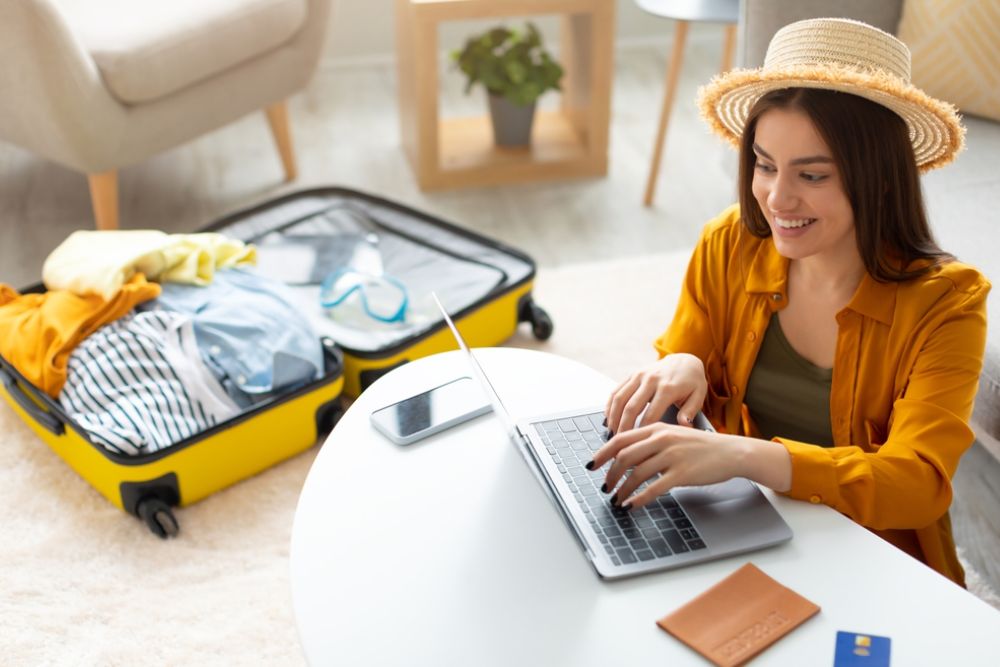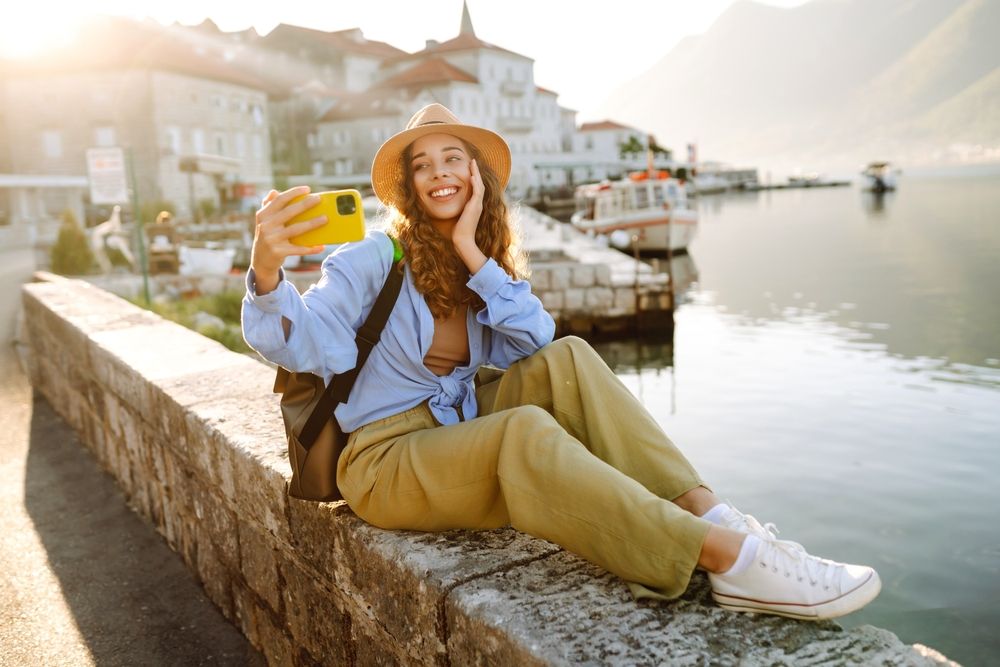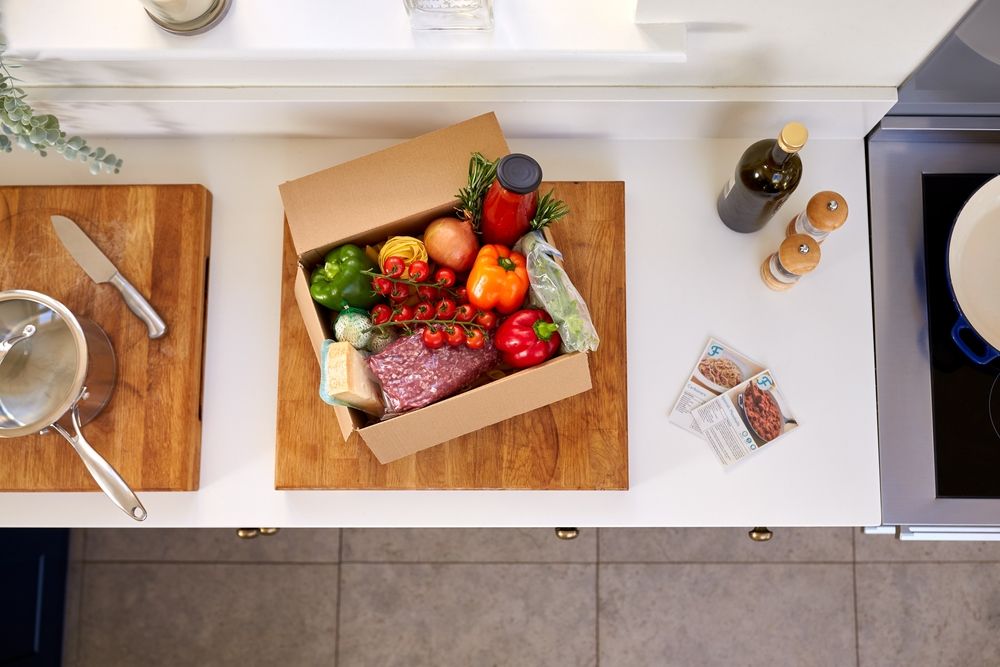Few things in life compare to the excitement of setting off on a trip—immersing yourself in new sights, cultures, and experiences. But as the days pass and adventures blend, you risk forgetting those small, meaningful details that made your journey extraordinary. That’s where documenting your travels comes in—through photos, written records, or creative mediums like sketching or vlogging. Capturing moments on the go can help you revisit these memories for years (or decades) to come, sharing them with friends and family or even your future self. This in-depth guide explores how you can harness photos, journaling, and simple creative methods to turn fleeting travel experiences into cherished, tangible keepsakes.
1. Why Document Your Travels?
Why It Matters
It might seem enough just to “live in the moment,” but documenting your travel experiences can enhance them rather than detract. When done thoughtfully, the act of writing or photographing deepens your connection to the places you’re visiting, forces you to notice subtle details, and fosters greater appreciation of your surroundings. Plus, journaling or snapping pictures can spark reflection, helping you remember not just the big scenic highlights but also the quiet or quirky moments that truly shape a trip.
Key Benefits
- Memory Preservation: Our brains naturally lose details over time. A physical or digital record is a time capsule of your impressions and feelings.
- Personal Growth: Reflecting on each day clarifies your thoughts, fosters gratitude, and can highlight new personal insights discovered during your travels.
- Storytelling: Having structured notes and photographs helps you share the journey with loved ones, or on social media, in a way that vividly re-creates your experiences.
- Cultural Engagement: Documenting encourages you to engage more deeply with local culture. In writing about or photographing everyday street scenes, you might talk to locals or discover hidden corners.
Takeaway
Documenting is as much about personal enrichment as it is about creating a keepsake. The simple act of noticing, recording, and reflecting can transform your experience from passive sightseeing into something more meaningful and memorable.
2. Choosing Your Medium: Journals, Photos, or More?
Why It Matters
There’s no single “correct” way to capture your travel memories. Some prefer the tactile feel of pen on paper, while others rely on smartphone snapshots or digital diaries. The best approach is whichever method you’ll consistently use—and that best expresses your style.
Common Formats
- Written Journals
- Pros: Reflective, deeply personal; can be done anywhere, no batteries needed.
- Cons: Requires time and discipline daily; risk of smudging or losing the notebook if not careful.
- Ideal For: Those who love introspection and want to track emotional reactions or in-depth daily recaps.
- Photography (Smartphones, DSLRs, Mirrorless Cameras)
- Pros: Instantly captures visuals, easy to share or post, can log GPS data for location memories.
- Cons: Overshooting can lead to thousands of photos to sort later, risk of focusing on taking pictures over simply experiencing.
- Ideal For: Visual storytellers or those exploring scenic landscapes, architecture, or street photography.
- Digital Notes / Apps
- Pros: Quick typing on phone or tablet, integrated with cloud backups, can embed photos or links.
- Cons: Requires devices, battery, and sometimes a learning curve for more advanced apps.
- Ideal For: Minimalists who prefer data convenience and quick searchability later.
- Sketchbooks or Watercolor Pads
- Pros: Highly creative, capturing mood or detail in a personal artistic expression.
- Cons: Requires skill (or willingness to experiment) and more gear (sketch tools, watercolors).
- Ideal For: Artistically inclined travelers who thrive on capturing scenes in their own visual language.
Takeaway
Consider combining mediums (like a brief daily journal with some highlight photos) if that feels natural. The primary aim is consistency—choose something that aligns with your habits and passions.
3. Strategic Photography: More Than Just Snapping Everything
Why It Matters
Photography can easily devolve into capturing hundreds of nearly identical shots, which you never sort through again. A more mindful approach can yield a collection of images that truly reflect your journey’s essence—those that spark emotion or depict a place’s character.
Tips for Stronger Travel Photos
- Storytelling Shots: Instead of random snaps of famous landmarks, incorporate context—people, street life, or smaller details. For instance, capturing the Taj Mahal with early morning light and local workers passing by might evoke a richer story than just a postcard-like facade shot.
- Golden Hours: Early morning or late afternoon light can add a soft, warm glow. Wake up a bit earlier or plan around sunsets for magical lighting.
- Aim for Variety: Mix wide-angle landscapes, cityscapes, and close-up shots of local crafts or cuisine. Show both the grand scale and the finer details.
- Respect Privacy and Culture: Always ask permission before photographing locals, especially in sensitive cultural or religious settings.
Takeaway
A well-curated set of photos does more than prove you visited: it can capture your emotional journey. By focusing on composition, timing, and context, you create a visual narrative that resonates with you long after you return.

4. Keeping a Memorable Travel Journal or Log
Why It Matters
While photos capture the external, a travel journal can capture the internal—your impressions, anecdotes about the day, feelings about unexpected challenges, or connections with locals. The synergy of both images and written reflections often yields the richest memory preservation.
Journaling Approaches
- Daily Recaps: End each day by summarizing events, best meals, funny mishaps, or personal insights. Even 10–15 minutes suffice.
- Theme-Based Entries: Some days, skip the chronological breakdown. Instead, focus on a theme: a market you visited, a local recipe you learned, or a meaningful conversation.
- Quotes and Snippets: Record overheard phrases or advice from a local. Or note a new word you learned in the local language. These short lines can evoke strong memories.
- Integration with Photos: Attach or note which photos you took that day. Write a short caption or memory triggered by each photo. This method merges visuals and text seamlessly.
Takeaway
The habit of writing daily—however briefly—can turn ephemeral experiences into tangible reflections you’ll treasure. Journaling fosters deeper processing of each day’s events, leading to a more meaningful trip.
5. Incorporating Local Details: Tickets, Postcards, and Mementos
Why It Matters
Physical tokens—from train tickets to pressed flowers—can spark vivid recollections later, far more than just a typed note. In a digital era, tangible souvenirs can bring your journaling or memory book to life.
Ideas
- Ticket Stubs or Receipts: Glue or tape them into a physical journal, jotting down the date and a short memory.
- Postcards: Even if you don’t mail them, postcards with local images or local language phrases can be a visual keepsake.
- Pressed Items: Small, flat items like a leaf from a special garden or a flower petal (where allowed) can be placed between pages.
- Stamps or Currency: Low-denomination bills or foreign coins create an interesting accent in a scrapbook or journal.
Takeaway
Layering your records with physical items extends beyond pure text or photos. These tactile souvenirs transform a simple travel log into a multi-sensory treasure chest.
6. Digital Organization and Post-Trip Reflection
Why It Matters
Returning home with gigabytes of photos and half-finished notes can be overwhelming. Without a system to sort and finalize your travel documentation, precious memories might remain in disorganized folders or dusty notebooks.
Steps to Organize
- Photo Curation: Soon after your trip, cull duplicates or low-quality shots. Create labeled folders—like “Paris Day 1,” “Eiffel Tower Sunrise,” or “Market Scenes.”
- Cloud Backups: Use Google Photos, iCloud, or other platforms to back up images. Lost phone or corrupted memory cards can result in heartbreak otherwise.
- Compile Written Notes: If you used multiple mediums (paper journal + phone notes), merge them into a final chronology or digital doc. This helps you recall the entire trip’s narrative seamlessly.
- Post-Trip Reflection: Write a concluding entry, summarizing biggest lessons, favorite experiences, and “next time” tips. Reflecting soon after return cements your memories.
Takeaway
A bit of post-travel effort ensures your documentation remains accessible. By sorting, labeling, and combining mediums, you preserve your experiences in a cohesive form you’ll enjoy revisiting.
7. Optional Creative Outlets: Blogs, Vlogs, or Photo Books
Why It Matters
Documenting your travels doesn’t have to remain a private affair. If you enjoy sharing stories or visuals, you can transform your notes into more polished content—like a travel blog, short vlogs, or curated photo albums.
Approaches
- Blogging: A personal website or a platform like Medium lets you weave photos and text into a narrative. Great for family/friend updates or building an online portfolio.
- Vlogging: Capturing short video clips throughout your trip, then editing them into episodes or highlights for YouTube or social media. Authentic commentary can reflect your personal style.
- Photo Books: Services like Shutterfly or Blurb let you layout your best shots and captions in a bound book. Physical or digital photo books make timeless souvenirs or gifts.
- Travel Scrapbooking: If you prefer offline crafts, print photos, add postcards, small text, and decorate pages with stickers or relevant stamps.
Takeaway
Sharing your travel experiences can deepen your joy and help others learn from your tips. Whether you choose an online audience or a coffee-table photo album, creative expression gives your travel documentation a lasting form.
Documenting your travels isn’t simply about proving where you went or collecting a trove of random selfies. It’s an invitation to engage deeper with the places, cultures, and experiences that shape your trip—and ensure your memories remain vivid long after you return home. By picking a documentation method that resonates with your style—whether journaling, photography, or a combination—and by weaving in local mementos, you can create an intimate record brimming with authenticity.
Of course, you can start small: maybe jot just a few lines per day, or capture a “photo of the day” that best represents the vibe. Once you’re more comfortable, you might expand your approach—incorporating sketches, videos, or elaborate blog posts. Regardless, the act of capturing those ephemeral moments fosters deeper reflection, a stronger sense of gratitude, and a path to relive your journey’s best parts any time you flip through your album or open your travel log. So embrace the documentation habit on your next adventure—trusting that these records will remain a timeless keepsake, reminding you of the people, places, and personal growth that traveling alone can catalyze. Safe travels and happy documenting!





